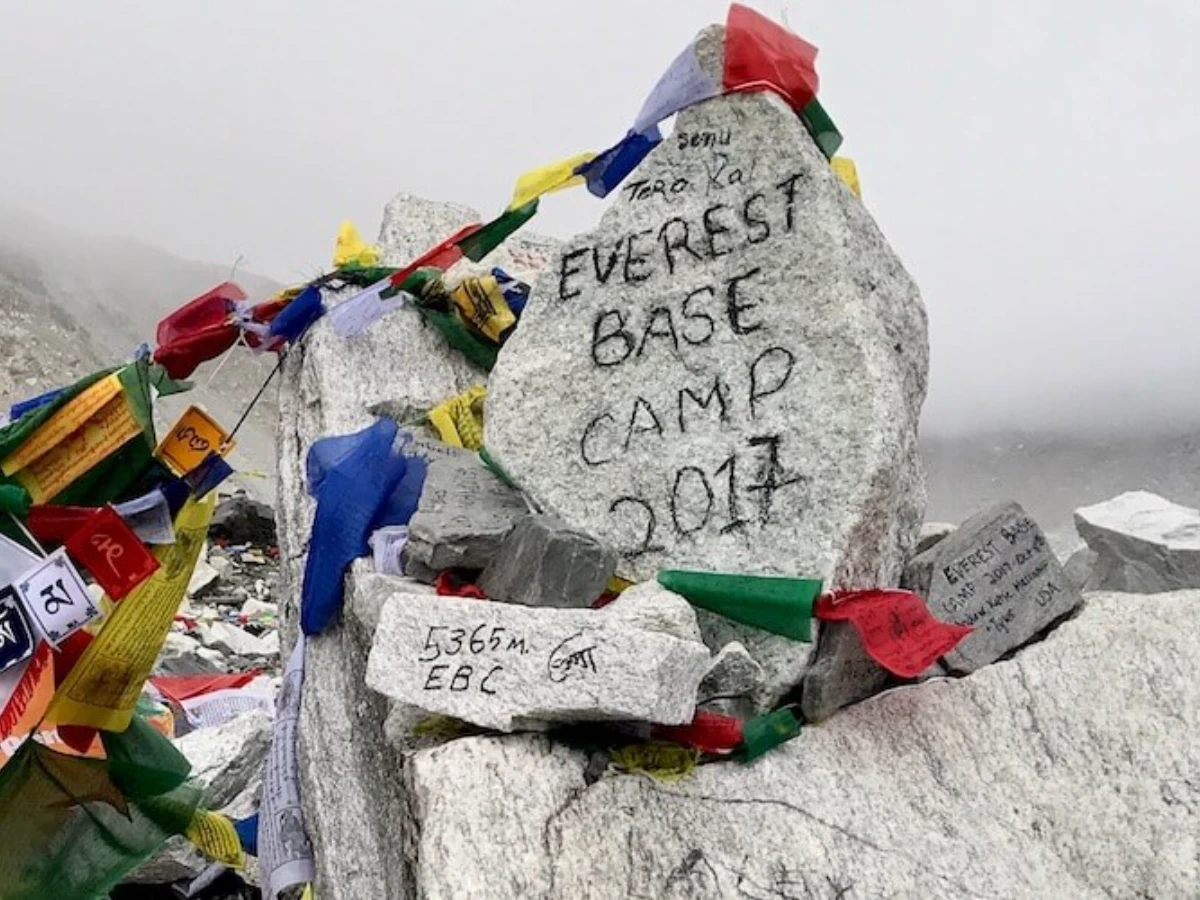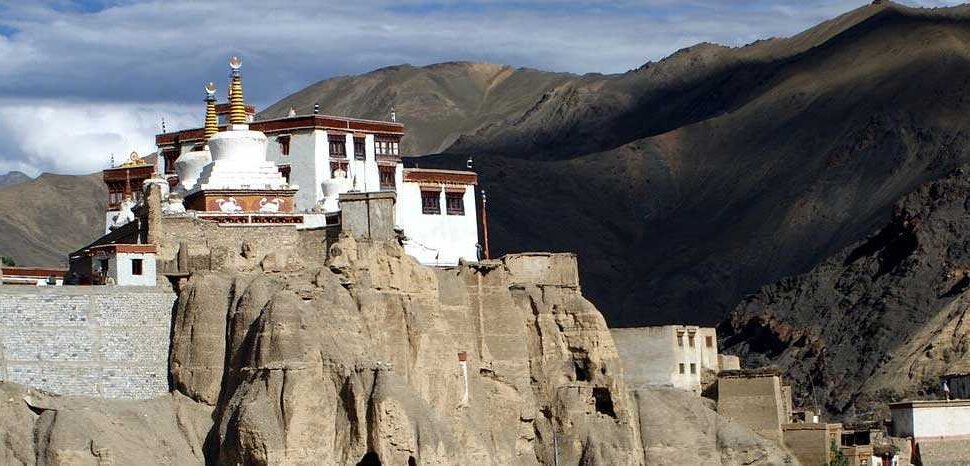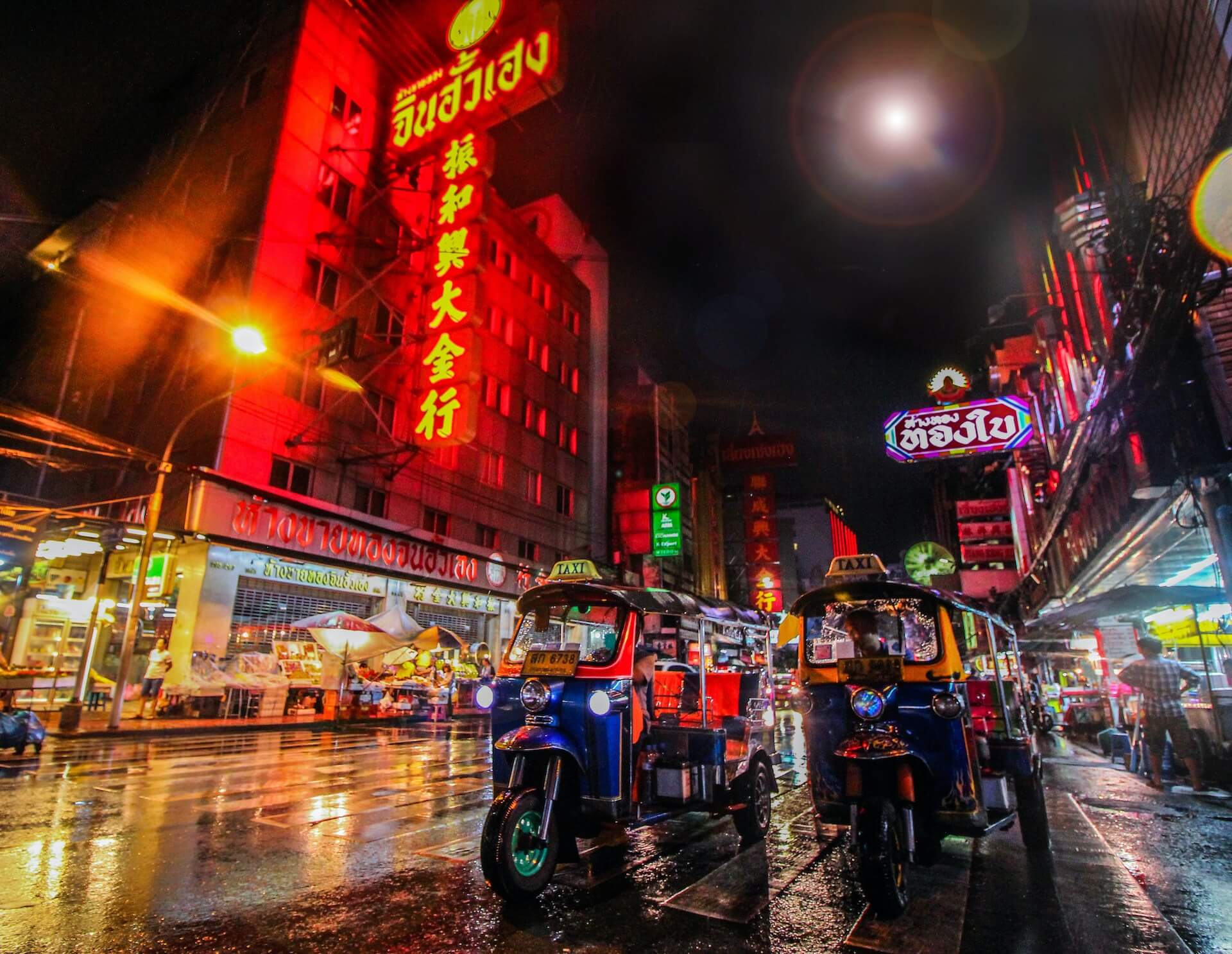Visiting Ladakh’s remote and pristine landscapes is a dream for many. But before you venture into its ethereal valleys and high-altitude plateaus—especially those close to international borders—you’ll need to get your paperwork in order. Enter the Inner Line Permit (ILP) and Protected Area Permit (PAP/RAP).
These official documents are mandatory for Indian citizens and foreign nationals heading into specific areas near the Line of Control (LoC) and Line of Actual Control (LAC). The aim is to safeguard sensitive border zones while still enabling travelers to experience Ladakh’s extraordinary beauty.
What’s an Inner Line Permit (ILP)?

The Inner Line Permit is a government-issued travel authorization required for Indian citizens who plan to visit protected regions in Ladakh. Although travelers can revisit these areas multiple times within the validity period, the ILP is typically valid for 21 days.
How to Obtain It:
- Offline Process: Visit the Deputy Commissioner’s (DC) Office in Leh. You’ll need to fill out a form, provide a valid government ID, pay the applicable fee, and collect your stamped permit.
- Online Process: Apply via the official website. However, even with an online application, you must physically present the payment receipt and collect the signed/stamped permit in person from the DC Office.
Pro Tip: Always carry several photocopies of your permit, as you’ll need to submit them at military or police check-posts en route.
What is a Protected Area Permit (PAP) or Restricted Area Permit (RAP)?

Foreign nationals are required to carry a PAP or RAP to enter many parts of Ladakh close to international borders. These permits are typically granted only to groups of two or more travelers, and must be applied for through a registered tour operator or agency. However, solo travelers can still visit if added to a group permit—without needing to travel with the group itself.
Key Points:
- The validity is 15 days per visit. Extensions or repeat visits require a fresh permit.
- Entry and exit points are fixed—straying beyond specified areas is not allowed.
- Travelers must leave restricted areas once the permit expires.
- Photocopies of both passport and Indian visa are required at the time of application.
You can apply through the official LAHDC portal or ask your tour operator to assist
Where Do You Need ILPs or PAPs?
Here’s a list of areas where travel permits are mandatory for Indian and foreign travelers alike:
- Nubra Valley (including Turtuk)
- Khardung La
- Pangong Tso
- Tso Moriri
- Changthang region (including Nyoma, Loma, and Hanle)
- Man and Merak villages
- Chushul and Rezang La
- Dah and Hanu villages
Special Cases to Keep in Mind
- Citizens of Afghanistan, Pakistan, China, Myanmar cannot obtain permits in Leh. They must apply through the Ministry of Home Affairs, New Delhi
- Diplomats or UN passport holders need to go through the Ministry of External Affairs to secure the necessary documentation
Final Thoughts
Permits may seem like bureaucratic red tape, but they’re easy to acquire and are your key to some of Ladakh’s most captivating—and least crowded—destinations. With the right paperwork in hand, you’ll not only be respecting local regulations but also ensuring a smoother and safer journey through the high Himalayas.




